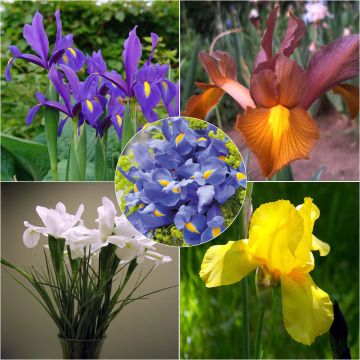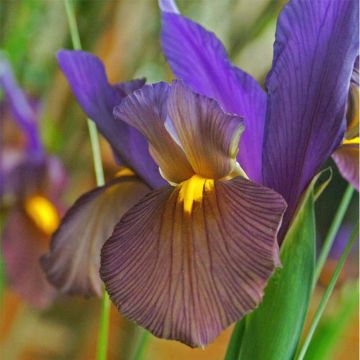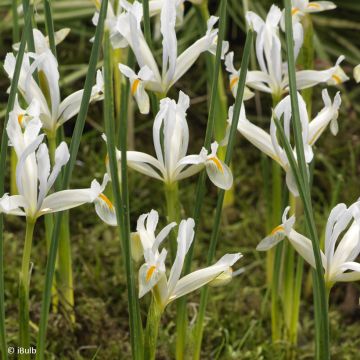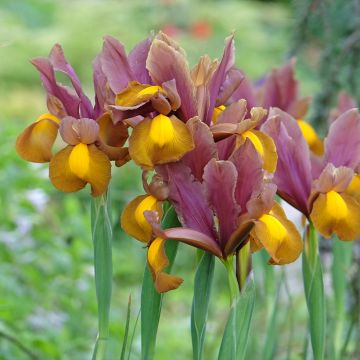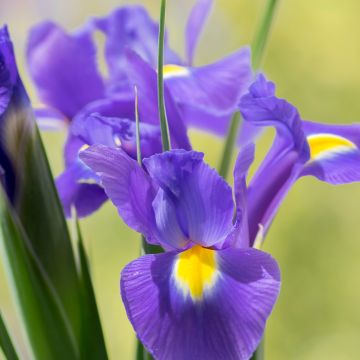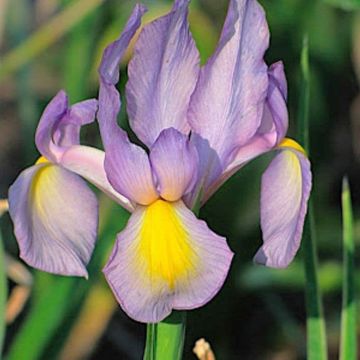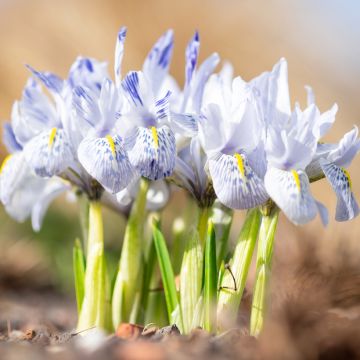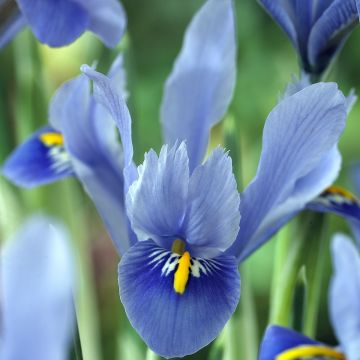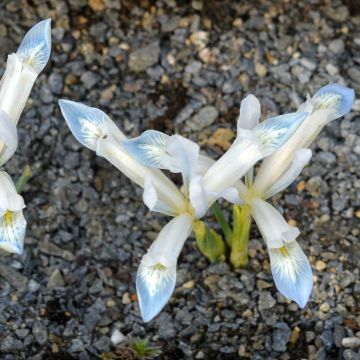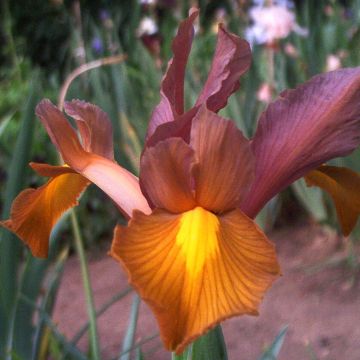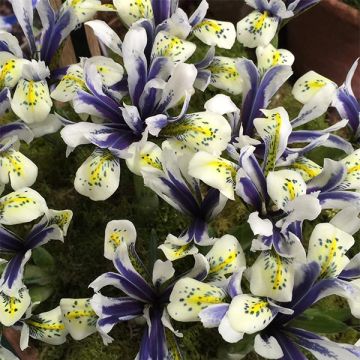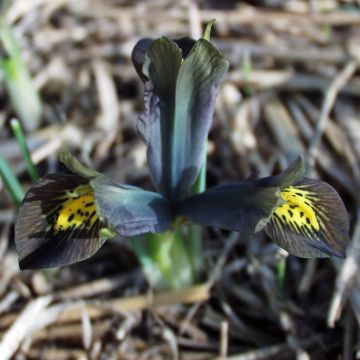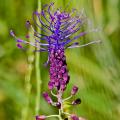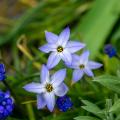Iris bulbs
Would this plant suit my garden? Set up your Plantfit profile →
Available in 1 sizes
Available in 1 sizes
Available in 1 sizes
Available in 1 sizes
Available in 1 sizes
Available in 1 sizes
Available in 1 sizes
Available in 1 sizes
Available in 1 sizes
Available in 1 sizes
Available in 1 sizes
Available in 1 sizes
Available in 1 sizes
Available in 0 sizes
Available in 1 sizes
Available in 1 sizes
Available in 1 sizes
Available in 1 sizes
Available in 1 sizes
Available in 1 sizes
Available in 1 sizes
Available in 1 sizes
Available in 1 sizes
Available in 1 sizes
Available in 1 sizes
Available in 1 sizes
Available in 1 sizes
Available in 1 sizes
Available in 1 sizes
Available in 1 sizes
Available in 1 sizes
Available in 1 sizes
Available in 1 sizes
Available in 1 sizes
Available in 1 sizes
Available in 1 sizes
Available in 1 sizes
Available in 1 sizes
Available in 1 sizes
Available in 1 sizes
Available in 1 sizes
Available in 1 sizes
Available in 1 sizes
Available in 1 sizes
Available in 1 sizes
Available in 1 sizes
Available in 1 sizes
Available in 1 sizes
Available in 1 sizes
Iris have a storage organ which is a bulb and not a rootstock. Among the most well-known species are the Dutch Iris and the Reticulated Iris. Both have given rise to a multitude of varieties in an almost infinite range of colours. These irises belong to the Iridaceae family, they grow from round and fleshy bulbs, their leaves are elongated, narrow, and green. The Dutch Iris offers elegant flowers with spreading petals, available in a range of colours from blue to violet to white, as well as various shades of blue, yellow, pink, and brown. In general, its varieties reach a height between 50 and 70 cm (20 and 28in). Among the more well-known varieties, Iris 'Blue Magic' has deep blue flowers, Iris 'Purple Sensation' displays intense violet-purple, and Iris 'White Excelsior' has immaculate white petals. The Reticulated Iris, on the other hand, is a very low plant, 10-20 cm (4-8in) that blooms very early and has small star-shaped flowers, which are usually violet or blue. Among other bulbous species are Iris reticulata Danfordiae with bright yellow flowers, Iris histrioides, which offers deep blue shades, Iris winogradowii which is fragrant, with yellow petals, and Iris 'Katharine Hodgkin' with delicate shades of blue, yellow, and green. Discover all our varieties of bulbous irises in these pages.
Irises thrive in well-drained soil, in the sun. Plant them in autumn, they will bloom in spring, or even at the end of winter depending on the species and varieties. Avoid excess moisture to prevent the bulbs from rotting.
Haven't found what you were looking for?






































